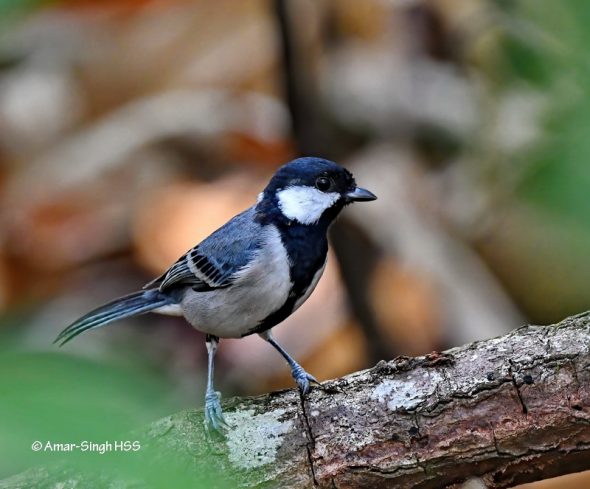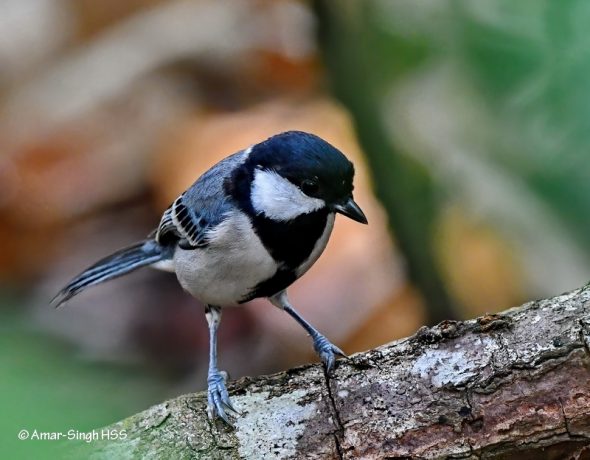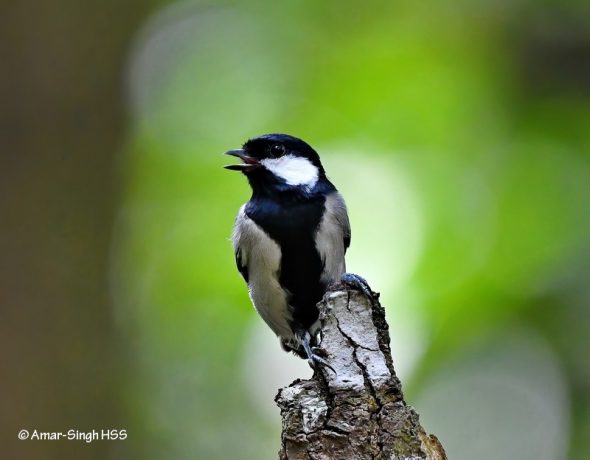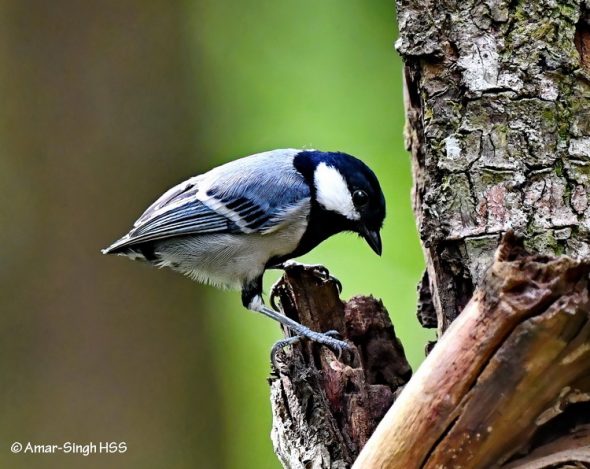
Presumed male Cinereous Tit.
These Cinereous Tit (Parus cinereus ambiguous) are common in some parts of the world but occur in very localised areas in Malaysia. I have only ever seen them in mangrove forests and coastal Casuarina tree clumps. I saw three different birds; once a single bird and on the other occasion a pair. I am posting images of the pair. At first I thought this might be a male-female pair but both look like males.

Presumed male Cinereous Tit – bird same as that posted above.
Using Handbook of the Birds of the World 2020 and Wells 2009, female are differentiated from males by:
- black ventral line narrower and less intensely black
- blacks duller especially on crown
- fringes of greater coverts and secondaries greenish grey (not greyish blue)
- black on side of neck narrower or broken
- undertail-coverts more extensively white.

Presumed male Cinereous Tit with tail in moult.

Presumed male Cinereous Tit with tail in moult – bird same as that posted above.
Amar-Singh HSS (Dato’ Dr)
Ipoh, Perak, Malaysia
Location: Matang Mangrove Forest Reserve, Perak, Malaysia
Habitat: Mangrove forest
Date: 20th August 2020
Equipment: Equipment: Nikon D500 SLR with Nikon AF-S Nikkor 500mm f/5.6E PF ED VR, handheld with Rode VideoMic Pro Plus Shotgun Microphone








